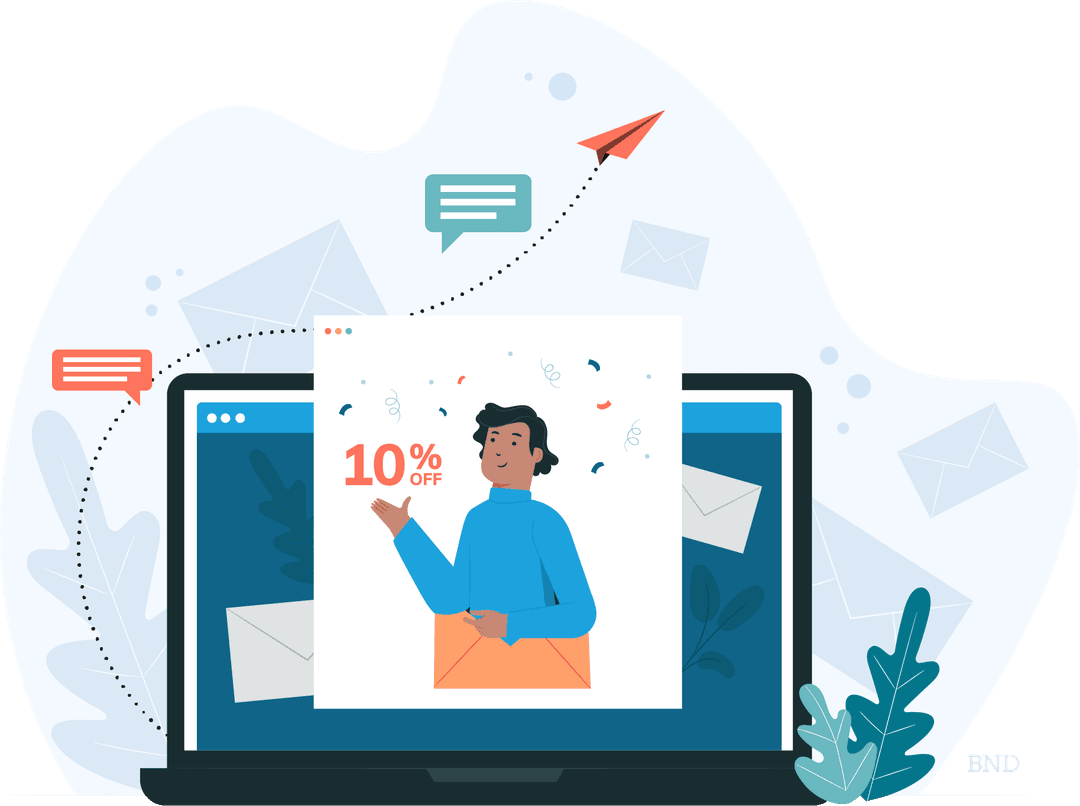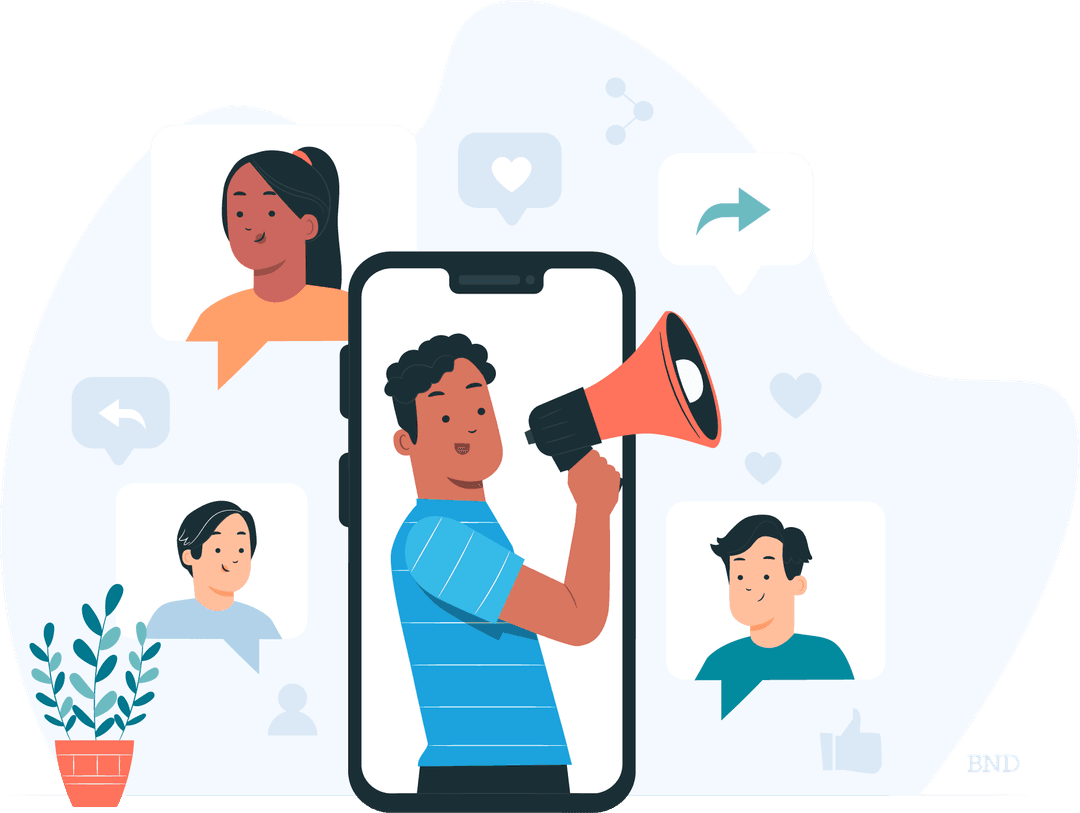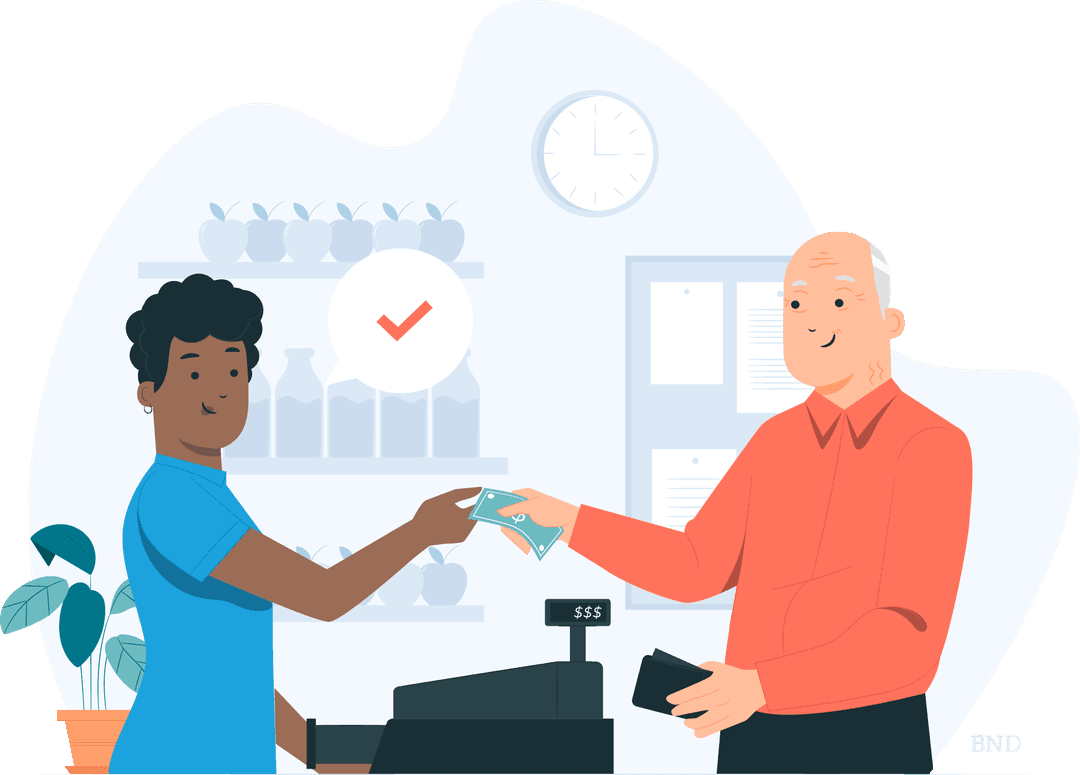Business News Daily provides resources, advice and product reviews to drive business growth. Our mission is to equip business owners with the knowledge and confidence to make informed decisions. As part of that, we recommend products and services for their success.
We collaborate with business-to-business vendors, connecting them with potential buyers. In some cases, we earn commissions when sales are made through our referrals. These financial relationships support our content but do not dictate our recommendations. Our editorial team independently evaluates products based on thousands of hours of research. We are committed to providing trustworthy advice for businesses. Learn more about our full process and see who our partners are here.
Customer Loyalty: How to Build a Rewarding Loyalty Program
Customer loyalty can help your business boom in the best of times, but it can also help you survive in tough or challenging times.

Table of Contents
As a business owner, you know your customers are the reason for your business. That’s why it’s important to consider your customers in everything you do. Your customers’ needs should be at the forefront of your business. This will not only drive more sales, but also build customer loyalty for the long haul. Here’s why cultivating customer loyalty is important and tips on building it.
How to build customer loyalty in 7 steps
Customer loyalty isn’t something that happens without intentional effort. Here are seven steps to build customer loyalty.
1. Know your customers (and let them know you).

To cultivate customer loyalty, you’ll want to get personal with your customers. Learn their names, their stories and their buying habits. Based on this information, create a sales pipeline that resembles your typical customers’ experiences to better understand how you can make their buying journey memorable.
For instance, on a customer’s birthday, you could send them a personalized birthday message with a special deal. In fact, there are useful marketing tools that can help you do this automatically, including the best text message marketing software and best email marketing software.
Erin Laine, owner of Orlando West N-Hance Wood Refinishing, said that her team focuses on truly getting to know their customers so they “can anticipate their needs, solve their problems and deliver quality results worthy of a referral.”
“By taking the time to understand our customer – maybe they need more space for remote learning, for a baked goods side hustle, a spacious place to fit a growing family – we’re able to better provide recommendations and help make their lives easier by bringing their vision to life,” Laine said.
For your customers to trust your brand, you’ll have to share information about yourself and your business as well. For instance, keep them updated on any business news (before it hits the press), and don’t be afraid to admit to rough patches. This will help customers see the humanity of your brand, making them more comfortable about doing business with you.
2. Create a customer loyalty program.
A customer loyalty program is a great way to encourage and reward loyal customers. These programs typically have criteria for rewards (e.g., the customer must spend X amount per month), but the benefits for the customer usually outweigh these conditions.
“We’d all love to believe that customers will buy from us again and again, with brand love being the driving motivation,” said Herb Jones, owner of executive consulting firm Jones Growth. “Unfortunately, reality doesn’t work like that. Tiered programs ensure that you are recognizing your most valued customers and keeping them connected.”
There are various types of customer loyalty programs, such as credit card programs, punch cards and points systems. What they all have in common is the incentive for customers to spend more money on your products or services.
Consider Starbucks, for example. When you join its rewards program, you earn points each time you buy a drink or other item from its menu. When you reach a certain number of stars, you get a free purchase. This helps customers feel justified in their purchases, as they are working toward a reward they might not get elsewhere.
3. Set up a referral program.

Like a loyalty program, a referral program rewards customers for their engagement with a business. In this case, customers receive certain benefits if they refer your company to a friend or loved one. This not only helps attract new customers (referral marketing is both effective and affordable), but also keeps your existing customers coming back for more, as they now have incentives to do business with you.
4. Play to your strengths and values.
What does your business do best? What are your unique offerings? What do you value most? Your answers to these questions will help you frame your brand, which is an important part of attracting loyal customers. To really connect with buyers, you have to stay true to your brand and focus on what you do best. Be a constant in your market – a business that consumers can always rely on to deliver.
You know what they say: “Don’t fix what isn’t broken.” Unless you are having trouble attracting and retaining customers, don’t switch up your offerings or become unrecognizable as a brand. Instead, stay as loyal to your business as you’d like your customers to be.
5. Engage customers on social media.

Social media is a great way to build relationships with your customers. In fact, if you aren’t present on social media, many consumers will perceive you as irrelevant. It’s important to have an active business profile on various social media platforms.
Sharing behind-the-scenes information about your brand and products or services, as well as interacting with your followers, will create a strong online community that encourages customers to come back for more. Think about the companies you frequently do business with and how they conduct themselves on social media: Do their posts resonate with their target audience? Does their brand voice align with their values and offerings? Do they engage their followers in an authentic way? Odds are you answered yes to these questions.
6. Encourage customer feedback.
To show your customers how much you value them and how you are willing to constantly improve, ask for their feedback. Send out surveys, request email reviews and be open to the feedback you receive. Customers are more willing to invest in businesses that value their opinions and insights. Don’t just say you care about customer satisfaction; really implement customer feedback and market it to them as proof of your dedication. To cultivate their loyalty, you must be loyal to them first.
“Listen to customer feedback, use that feedback to improve your business, and then tell your customers that you heard them and directly implemented solutions to give them a better experience,” said Nerissa Zhang, CEO of The Bright App. “Even if you’re listening to customer feedback to make improvements, be sure to explicitly tell your customers about those improvements.”
7. Store customers’ data.
Businesses that store customer data make it easier for customers to shop with them in the future. For example, you could allow members to create an account on your mobile app or website that securely stores their shipping and payment information for a quick purchase. That way, they have a one-touch solution for ordering rather than having to enter their credit card number every time they want to make a transaction.
Consider Amazon, for instance. Prime members can make orders by simply clicking “buy now” under a desired product. Convenience like this could encourage customers to make frequent purchases from your business.
What is a customer loyalty program?
A customer loyalty program is a customer relationship initiative designed to reward shoppers for making repeat purchases from your business. Along with incentivizing customers to patronize your company, a loyalty program is also a great way to collect data about your clients so you can better target your products, services and marketing.
“As consumers get more and better information regarding how to compare various products and companies, it is critical to compete on price and value,” said Patrick Bosworth, co-founder of hotel revenue strategy solutions provider Duetto. “Loyalty programs provide an opportunity to learn the preferences of customers and design communication strategies that will resonate with them.”
Types of customer loyalty programs
Businesses considering a loyalty program have a daunting array of options. Here are three that can work for SMBs.
Rewards and discount programs
A rewards program is one of the most popular types of loyalty initiatives available. They typically work by awarding a coupon, free item or another incentive to customers who have earned a certain number of points by shopping there.
“Businesses should absolutely offer rewards and discount programs to customers,” said Josh McCarter, former CEO of business management software company Booker. “Rewards and discount programs give customers more reason to come back again, especially in the competitive retail and services markets.”
Direct mailers
Direct mailer coupons can be a simple, cost-effective way to bring local customers into your store. However, for these programs to succeed, you need to have a strategic, personalized mailing system. It’s not too hard to get started with direct mail.
“Target a specific customer demographic with a tangible product and message based on a specific element on the individual’s life,” Brian Wirth, a digital marketing strategist who has worked with restaurant and adult beverage brands, said.
Nontargeted direct mailers have proven to be increasingly less effective as consumers have other ways to engage with a business, according to McCarter. However, targeted mailings to VIP clients with special offers still can be effective,
Card-linked offers
Card-linked offers – for example, providing cash back for making a purchase with a specific vendor – are a convenient way to offer discounts, according to Silvio Tavares, a former credit card executive who’s now president and CEO of VantageScore, a credit model company.
“You can personalize your offers for consumers based on their spending and websites they’ve visited in the past,” Tavares said. “You now have the ability to measure [the effectiveness of] an ad and see if it led to a purchase on that customer’s card.”
Card-linked offers are an effective and easy way for customers to realize discounts, but they need to be aware the offer exists first. Be sure to promote those discounts ahead of time to bring customers in. Otherwise, you may be simply offering a discount to customers that would have shopped with you anyway.
“In other words, the consumer may have already intended to come to the business and didn’t require a discount to do so,” said McCarter.
Why is customer loyalty important?

Customer loyalty is a customer’s likelihood of doing repeat business with you. This stems from customer satisfaction and outweighs availability, pricing and other factors that typically impact buying decisions. When a customer is loyal to a product, service or brand, they are willing to wait for a restock or spend a little extra money for it.
“Customer loyalty means the difference between a one-time sale and a customer who comes back to you potentially for the rest of their lives,” said Tyler Read, CEO of personal training company PTPioneer. “If you put in the work necessary to build customer loyalty, those customers will … stay invested in your business. When your business is struggling, it’s the loyal customers who will help you stay afloat.”
This is especially important and evident amidst the global COVID-19 pandemic.
“I think the pandemic was a test of customer loyalty in that it forced consumers to honestly evaluate what service providers they trusted,” said Bill Zinke, senior vice president of marketing at BELFOR Franchise Group. “So, one of the key lessons from the pandemic has been [that], in good times, building customer loyalty can help you grow faster and more profitably, and in tough or challenging times, it can be the difference between surviving and going out of business.”
Customer loyalty is important for many reasons. These are the major ones:
- Repeat customers typically spend more than new customers. Because they already trust your business and its products or services, existing customers tend to spend more money than new customers. In fact, the amount they spend typically increases with the duration of doing business with your brand.
- Loyal customers yield higher conversion rates. Existing customers have an average conversion rate of around 60 percent to 70 percent, while new customers have a conversion rate of 5 percent to 20 percent. In other words, you get more value from loyal customers visiting your site.
- Customer loyalty boosts profits. The more customer loyalty you have, the better your profits will be. In fact, just a 5 percent increase in customer retention could increase business profits by 25 percent to 95 percent.
- Customer retainment is cheaper than customer recruitment. While recruiting new customers is important, it can be expensive – around five times more expensive than retaining a loyal one. Simply retaining loyal customers is much more cost-effective, as they bring higher profits at a lower cost.
- Loyal customers shop regularly. Because they’ve already had positive experiences with your brand, repeat customers tend to shop much more frequently than new customers. This is especially true around the holidays, when consumers are purchasing gifts and spending more than they typically would during the rest of the year.
- Customer loyalty helps you plan ahead. When you have loyal customers, you can make better anticipatory decisions and effectively plan your finances and marketing efforts.
Customer loyalty can improve your sales and reduce your marketing costs compared to customer recruitment. It can also buoy your business in difficult economic times.
Customer loyalty leads to repeat business
It takes time to build customer loyalty to your brand, but once you have it, you have a customer for life. Doing so takes dedication and care to ensure your customers feel valued, appreciated and, above all, as though their needs were met. Regularly consider the customer experience and how to improve it further to encourage more customers to come back to your business. After all, it’s repeat business that keeps most small businesses profitable.
Tejas Vemparala also contributed to this article.














